The Plumbing Museum
Located in a beautifully restored ice house, this museum is the result of decades of hard work and devotion to the craft of plumbing.
One could probably count on one hand the number of minutes per day spent thinking about plumbing.
For something so literally out of sight and out of mind, modern society is utterly dependent on pipes, hoses, tubs, and toilets running smoothly and efficiently. And while your water heater might not seem like the most glamorous subject for a museum, the Plumbing Museum in Watertown, Massachusetts is quite extraordinary.
In 1979, Russell Manoog opened the museum, showcasing artifacts he and his father, lifelong plumber Charles Manoog, had collected over the years. The museum quickly became a unique historical timeline of the growth and advancement in the plumbing and sanitation industries, and in 2008, the museum exhibits were moved to their current location, under the care of the Plumbing, Heating, and Cooling Contractors of greater Boston and the Cannistraro Construction Company.
What immediately stands out about the Plumbing Museum is the building, a beautiful, fully restored ice house, complete with the chutes and beams from its days as an ice storage facility in 1841. The Plumbing Museum’s internal artwork and display cases were all designed and produced by Artists for Humanity, a Boston organization that provides under-resourced youth with training and paid employment in the arts.
The wide open floor space artfully displays the technological ascent from “earth closets,” a popular toilet from the mid-1800s which utilized a lever and pulley system to drop ash and dirt over waste, to “Toto,” a $4,000 toilet from Japan that opens, closes, and sanitizes itself, provides a front and back personal wash, heated seats, an automatic deodorizer, and nightmares for anyone who’s ever seen 2001: A Space Odyssey.
From Civil War-era wooden water pipes to a display discussing the evolution of the prison toilet, visitors quickly realize how complicated and fascinating plumbing truly is. (Touching the exhibits is encouraged, and all of the pieces in the museum are completely sanitary.) A to-scale and to-code cross section of a house shows just how water gets to your tub, your toilet, and everywhere in between, and is so accurate that plumbing apprentices often use it as a study tool.
The Plumbing Museum isn’t a large or particularly complex institution, but it is full of interesting historical tidbits about an overlooked industry that has kept modern society flowing smoothly for centuries.

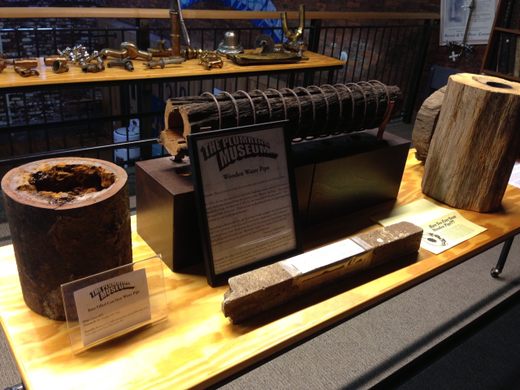

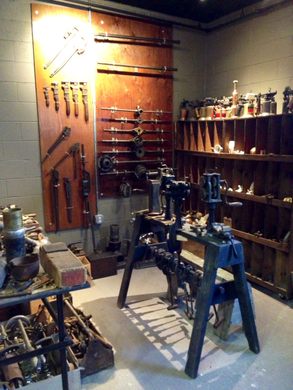



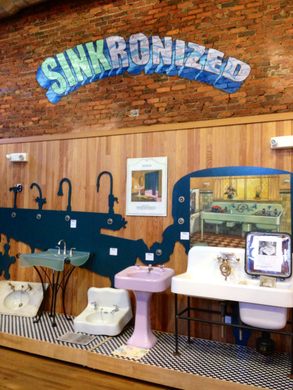
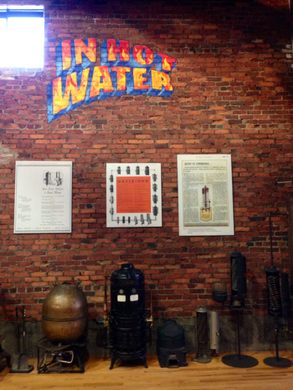
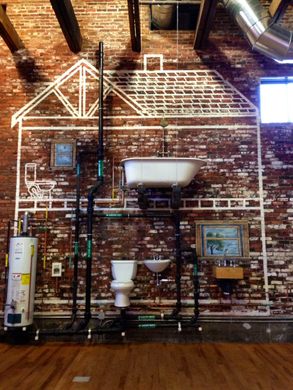






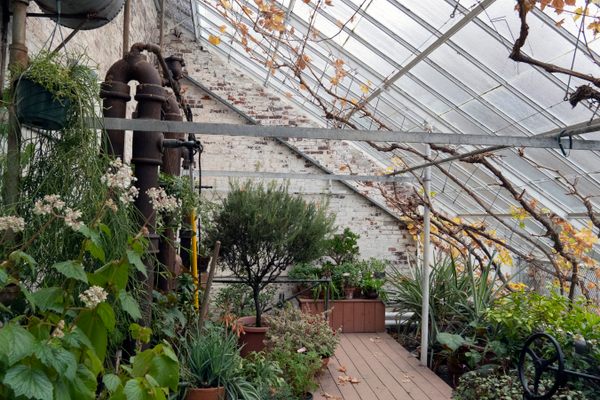



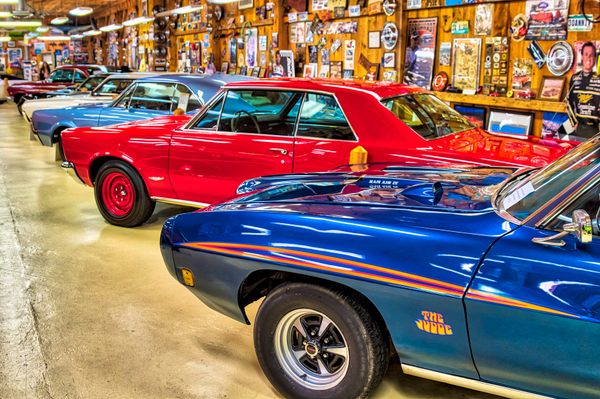


Follow us on Twitter to get the latest on the world's hidden wonders.
Like us on Facebook to get the latest on the world's hidden wonders.
Follow us on Twitter Like us on Facebook